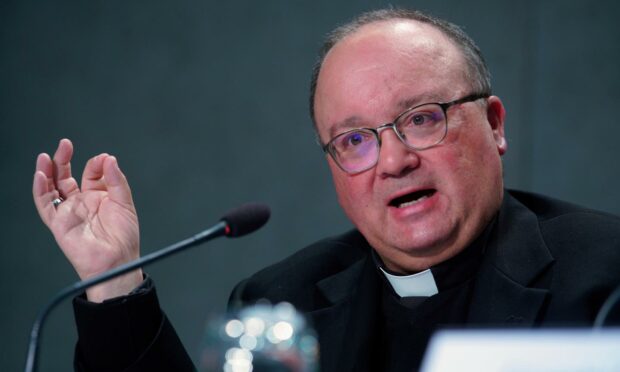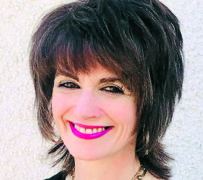“The rent boy” was anonymous, just a voice down the line.
The voice haunted me afterwards, the way its inflections held a lifetime of pain and confusion, of fear and self-loathing. There was something awful yet fitting about the juxtaposition of intimacy and anonymity in our call. He told me about his abuse, his prostitution, his sexual confusion and above all, his shame. He just never told me his name.
“Rent boy” didn’t come close to who he was, but he was trapped in his past. I was used to hearing the lifelong effects of abuse, given all the interviews I had done regarding the Catholic church, but still, the rent boy pierced me. In his many conversations with psychologists, he never once talked about training for the priesthood. He never once mentioned the name “Mirfield”.
Mirfield was a seminary in Yorkshire, run by the Verona Fathers who later changed their name to the Comboni Missionaries. It trained young, idealistic boys who were cruelly abused there by predatory priests. Last week, survivors received their first ever Catholic church apology, from the Bishop of Leeds, Marcus Stock, in whose diocese Mirfield was situated. The irony of that apology will become apparent, but first, some context.
‘It ruined my life’
It was 2014 when the Mirfield men first contacted me. There were around 12, but despite being individuals they always seemed to me to be an entity. Over the years, I grew to admire their unity, tenacity and decency, the way they all cared for each other – including the rent boy.
For the Mirfield men, now in their 60s and 70s, last week’s apology was momentous
Their experiences were dark: lost childhoods, lost ideals, lost faith and lost lives. They had faced PTSD, suicide attempts, depression, alcoholism, addiction, psychiatric units. Many had experienced sexual and emotional problems – difficult to discuss with a female stranger. The complexity boiled down to something simple. “It ruined my life,” said Frank, the Scottish group member.
Over the years, they contacted me periodically, Mark or Brian or Kevin or Bede, discussing their search for justice. Their communications were against a backdrop of public pronouncements about church safeguarding improvements, but their messages told me Catholic safeguarding problems remained.
The first apology – 50 years on
So, I read Bishop Stock’s apology with interest. From the first paragraph, it was clear this was different from those political, robotic apologies I had heard before from Catholic hierarchy. It came from the heart.
There was both sorrow and a sense of shame in his words, and how appropriate that was, given the shame the church has heaped on the innocent. Stock recognised it might seem “too little too late” but he was “humbled” by the group’s willingness to meet.
For the Mirfield men, now in their 60s and 70s, last week’s apology was momentous.
“It meant so much, even 50 years on,” Bede told me. “It was the first time anyone in the church had listened to us.”
The only other time they felt heard was at a public inquiry. Ironically, the healing came in a secular setting, not a church one.
But here was the deeper irony. Bishop Stock confessed he tried to get the Comboni Missionaries to apologise but failed. So he was saying sorry instead. Catholic orders are autonomous, so the Combonis can hide behind their insurance companies forever if they like.
And the further irony? Bishop Stock’s meeting was also attended, on Zoom, by Cardinal Vincent Nichols and one of the Vatican’s most senior safeguarding figures, Archbishop Charles Scicluna, Secretary to the Congregation for the Doctrine of the Faith which deals with abuse. He couldn’t get the Combonis to apologise either.
They deserved so much more
Frank, who told me his life was ruined, has sadly since died, but his children spoke. Their powerful statement thanked Bishop Stock for his sincerity, suggesting that as “a man of integrity”, he must find it difficult to deal with “the parcel of rogues” in his church.
This matter is not confined to Yorkshire; it’s universal
Their statement challenged church safeguarding anomalies. How could it protect children if it couldn’t force the Combonis to adhere to safeguarding standards? They did their father proud.
And “the rent boy”? As I read the apology, I thought of him.
It was signed only by the admirable Bishop Stock. Neither Vincent Nichols nor Charles Scicluna went public in their challenge of the Combonis. Yet, this matter is not confined to Yorkshire; it’s universal. Not that it mattered any more to the man reduced to the name “rent boy”. He died waiting, as did another of the group who committed suicide.
They deserved, all of them, so much more than the Pontius Pilate hand-washing of the Vatican’s most powerful, who speak much and do little.
Catherine Deveney is an award-winning investigative journalist, novelist and television presenter


